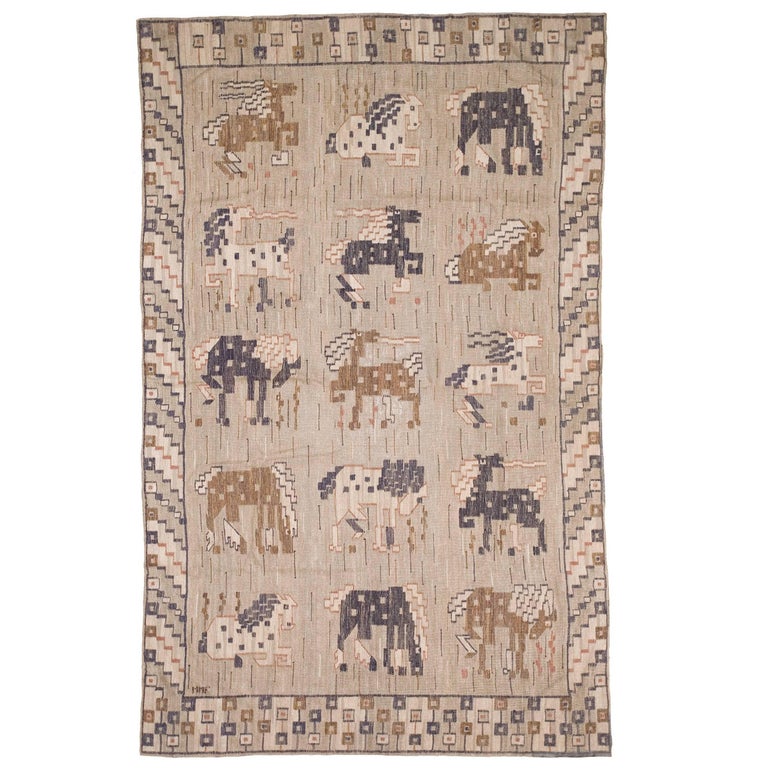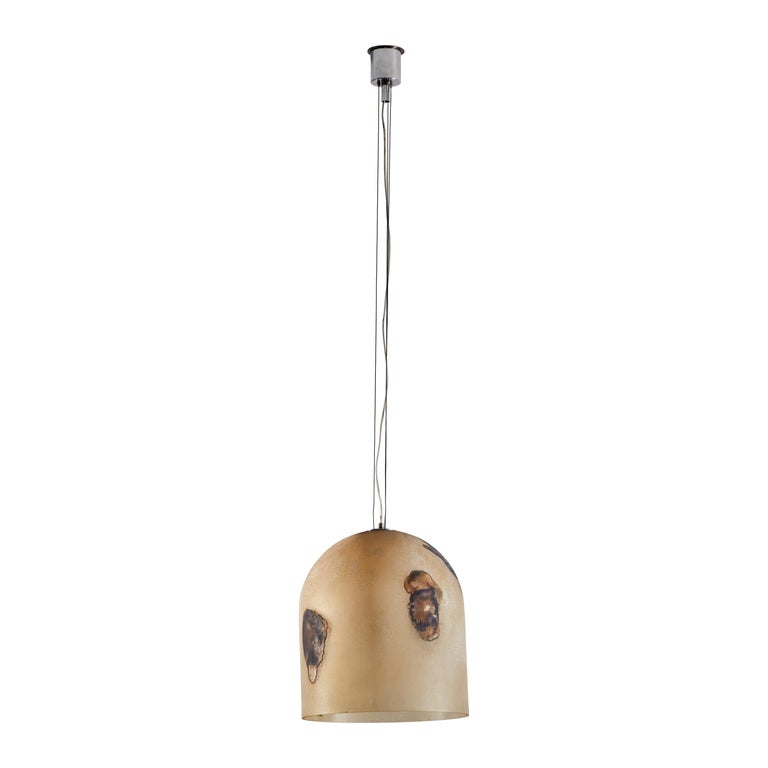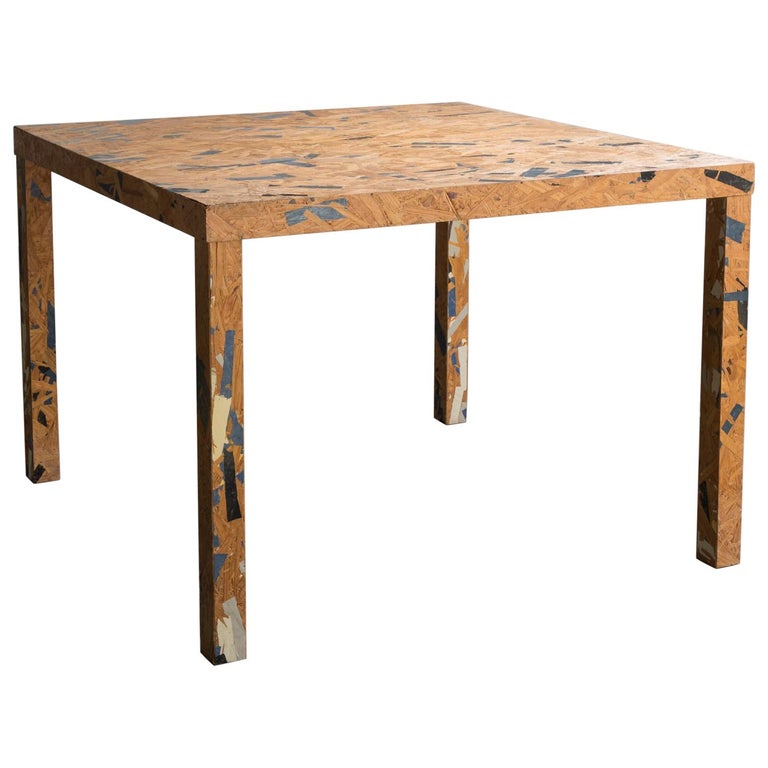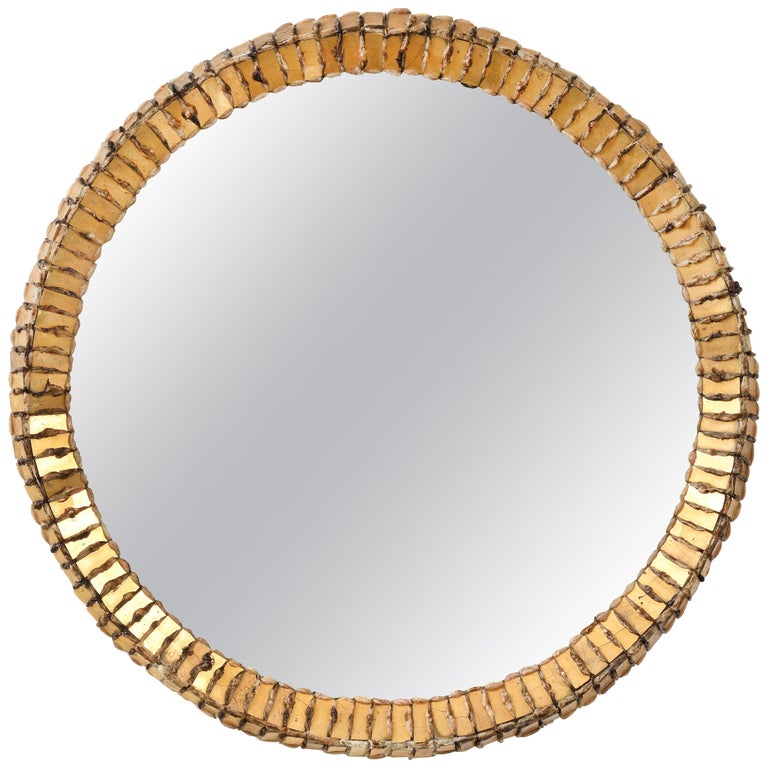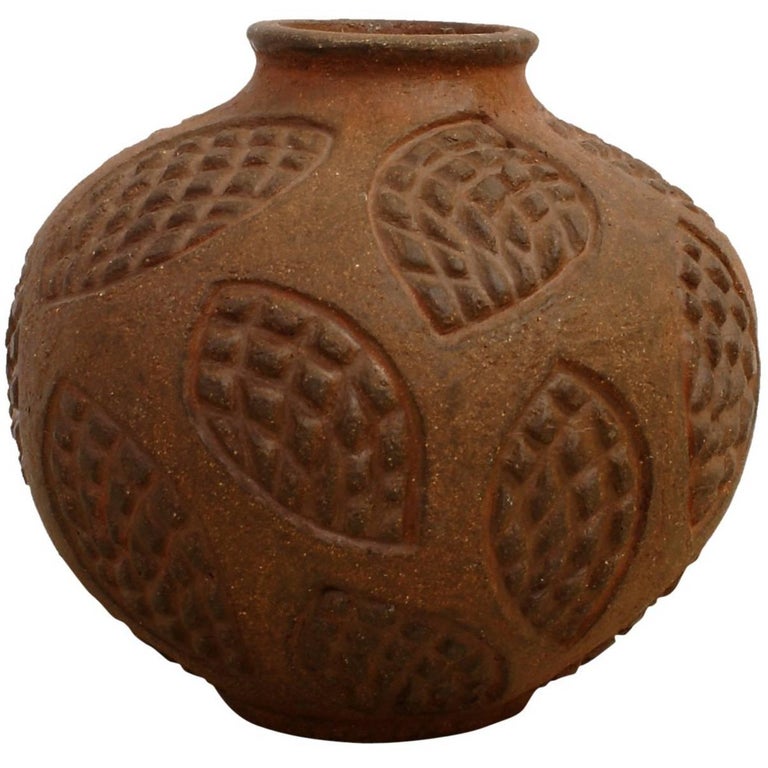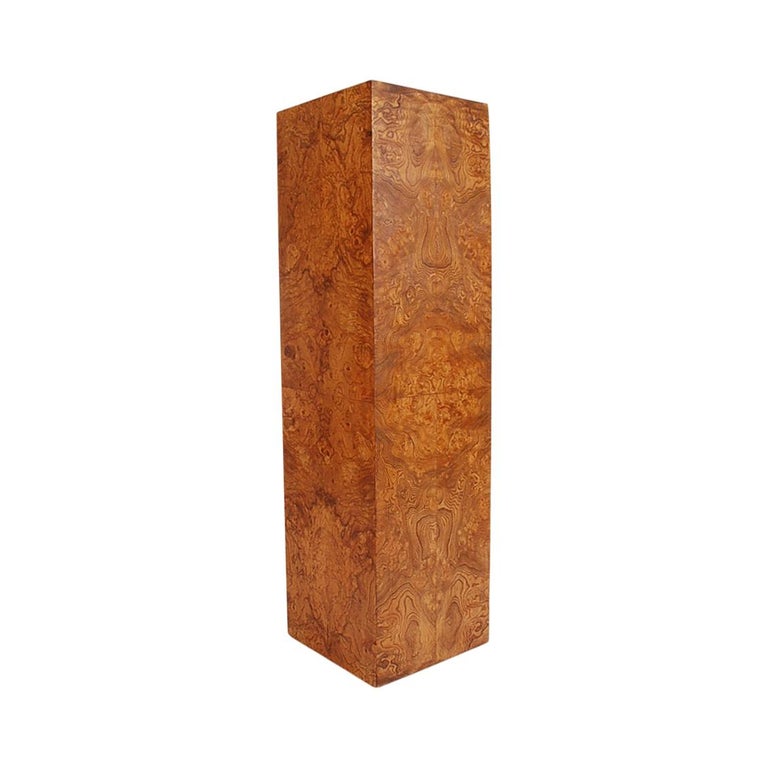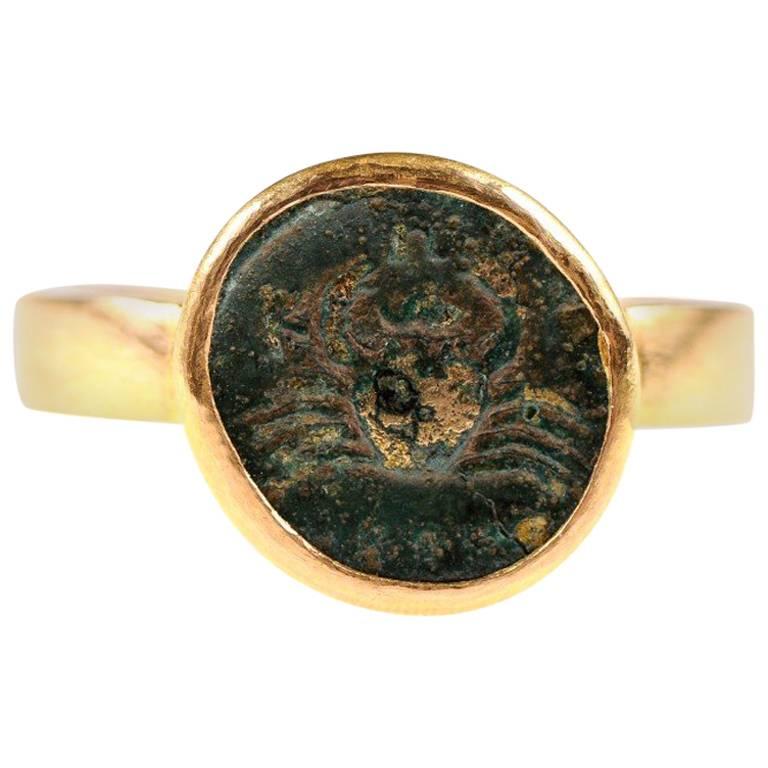
February 23, 2020Texas native Juniper Tedhams’s design firm, with branches in New York and Los Angeles, specializes in subtle, multilayered interiors with a minimalist spirit (portrait by Sam Frost). Top: In a Venice, California, home, a coffee table by Poul Kjærholm stands between a 16-foot-long daybed designed by Tedhams and a pair of low chairs in the style of Charlotte Perriand. Photo by Shade Degges
Juniper Tedhams’s elegantly restrained aesthetic might, at first, be mistaken for austerity. But look again. Against white or neutral-toned walls, she mixes custom furnishings with distinctive pieces by 20th-century masters like Pierre Chareau, George Nakashima and Mathieu Matégot, along with the occasional antique and richly textured rugs. Take a recent project, a contemporary house in Venice, California, which offered Tedhams a minimalist backdrop. She created contrast in the living room by deploying richly textured wood in the form of a 14-foot-long stained-plywood cabinet and a folding screen (both collaborations between the decorator and the Chicago furniture maker Erik Gustafson), plus an end table attributed to Jacques Adnet. At the other end of the room, a coffee table by Poul Kjærholm stands between a 16-foot-long daybed designed by Tedhams and a pair of low chairs in the style of Charlotte Perriand, purchased on 1stdibs.
When bright colors do appear, they tend to be in paintings or ceramics. The effect is both subtle and seductively multilayered. “I’m kind of a minimalist at heart, but I always look to the sensual quality of materials,” says Tedhams, who has offices in both Los Angeles and New York. In composing a room, she adds, “you need to have dynamics — round if you have square, high if you have low — and I love strong, perfect shapes.”

The Venice living room features a 14-foot-long stained-plywood cabinet and a folding screen, collaborations between the decorator and the Chicago furniture maker Erik Gustafson, along with an end table attributed to Jacques Adnet. Photo by Shade Degges
This philosophy imbues the 19th-century Chelsea townhouse that serves as home for her and her husband, lighting designer Sean O’Connor, when they’re in New York. (Tedhams, who purchased the residence with her mother and sister in 1998, has the parlor and garden levels, while her sister occupies the top two stories.) In the living room, which has beeswax-finished plaster walls and pine floors, the soft curves of two white armchairs that Tedhams says she designed as “an amalgamation of Ruhlmann and Chareau” contrast with the taut lines of a cylindrical bronze sculpture by the late designer Ibu Poilâne and the rugged form of an 18th-century English saddlemaker’s table, which she gave a pair of new bases (by Gustafson, a former classmate from the School of the Art Institute of Chicago and frequent collaborator). At the window facing the street, a Pierre Jeanneret chair sits at a Perriand desk.

The kitchen contains a pair of tables designed by Tedhams and made by Gustafson, which are surrounded by Pierre Chapo chairs. Photo by Shade Degges
In the garden-floor bathroom, the sophisticated chic of a Line Vautrin mirror is juxtaposed with a stone garden-trough basin and the floor’s Lego-like, terracotta cattle-yard bricks from England. The apartment has long served as a laboratory for the designer, “letting me do things I could never do for a client,” she says — things like that brick floor, which extends to the adjacent sitting room.

Tedhams worked with Gustafson to construct the pair of George Nakashima–inspired floating cabinets in the bathroom. Next to the Breccia Capraia marble shower is a chair by Nakashima. Photo by Shade Degges
Tedhams’s design sensibility was formed by a variety of influences. She grew up in Austin, Texas, the child of academic parents who took her, her sister and, later, two half-sisters to places like San Francisco, Colombia and Mexico, the last of which had a profound effect on the designer. “Magical realism is very real there,” she notes. She studied art at the School of the Art Institute of Chicago and got a master’s degree at the University of Illinois, where her teachers included the artist Kerry James Marshall, who “pushed me so hard to think about what I did,” she says admiringly. At the same time, Tedhams was working at Architectural Artifacts, which sells everything from fragments of historic buildings by Louis Sullivan and Frank Lloyd Wright to antiques. In the process, she recalls, she “became obsessed with interiors and furniture.”

Eric Schmitt sconces flank the Mika Tajima artwork in this dining room on New York’s Upper West Side. The chairs are by Pierre Jeanneret, and the walnut-and-glass table by Gustafson. The colorful ceramics on the custom cabinet are by Brian Rochefort. Photo by Alexandra Rowley
After school, Tedhams moved to New York to become an artist but grew disillusioned with the art world. In the late 1990s, she worked as a waitress at Balthazar, buying and selling furniture on the side. During this period, she bought and helped renovate the Chelsea townhouse, opening a small shop on its ground floor in 2000. She soon realized that she preferred finding and arranging furniture to selling it. In London, she met the then-design partners Stephen Sills and James Huniford, who started buying from Tedhams. Four years later, they encouraged her to participate in a designer showcase house in the Hamptons. Although she had already done a few projects for friends, the small reading room that she designed was “a turning point,” Tedhams says. “I always credit Stephen and Ford for believing in me.” Tedhams closed her store the following year and launched her firm.

Left: The living area features a Jean Royère floor lamp and a sconce by Jacques Quinet, as well as a card table by Tedhams inspired by an André Sornay design. The chairs are by Marc du Plantier, the vase by Jennifer Rochlin. Right: Gustafson built the bed and nightstand. The latter, based on a design by Axel Einar Hjorth, is topped with a stoneware vessel from 1stdibs and a lamp by Edouard-Wilfred Buquet. Photos by Alexandra Rowley
More recently, Tedhams mixed her own custom upholstered furniture designs in the living room of a prewar apartment on Manhattan’s Upper West Side with pieces by Chareau, George Nakashima and Jean Royère. In the dining room, Jeanneret chairs surround an extendable walnut-and-glass table by Gustafson, and colorful ceramics by Brian Rochefort sit on a custom cabinet flanked by Eric Schmitt–designed wall lights from 1stdibs.
These days, Tedhams spends most of her time in Los Angeles, where she and her husband work out of a converted service station in Culver City. Her current projects include a Sonoma County barn, a Victorian house in New York State and a mid-century house in Los Angeles, as well as the renovation of the couple’s own house in Venice. “I’ve stayed small,” she says of her business. “Three projects at a time is my maximum bandwidth, and I have a design staff of three.” No matter what style of house she’s working with, Tedhams — who shops online, at auction and at antiques stores — prefers to fill the rooms with furniture that has “the patina of age. It’s the life that it’s lived.”









